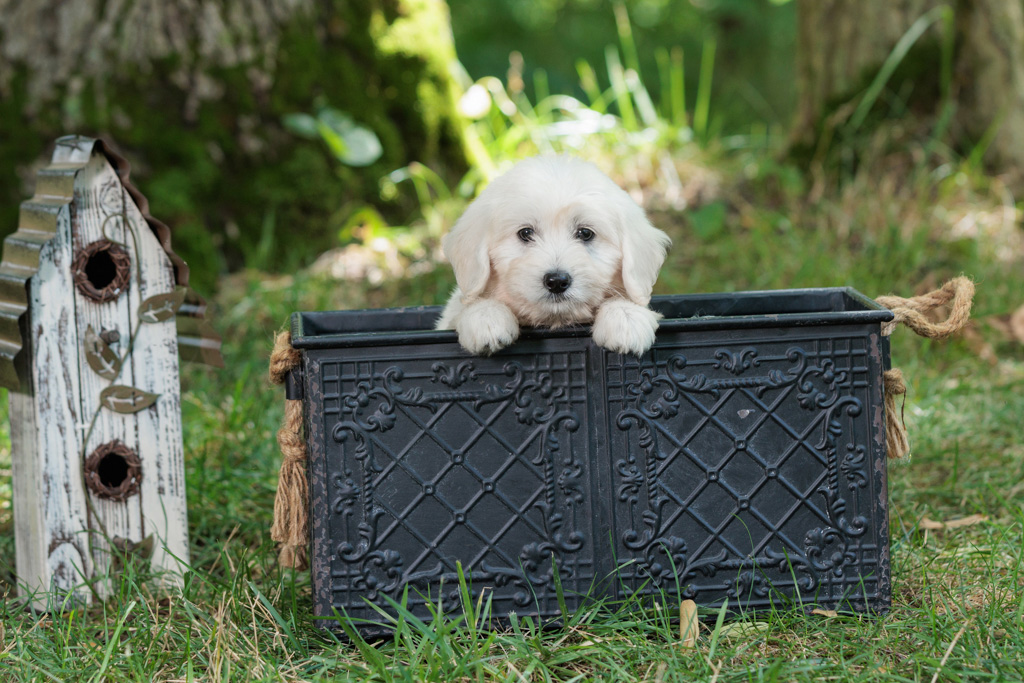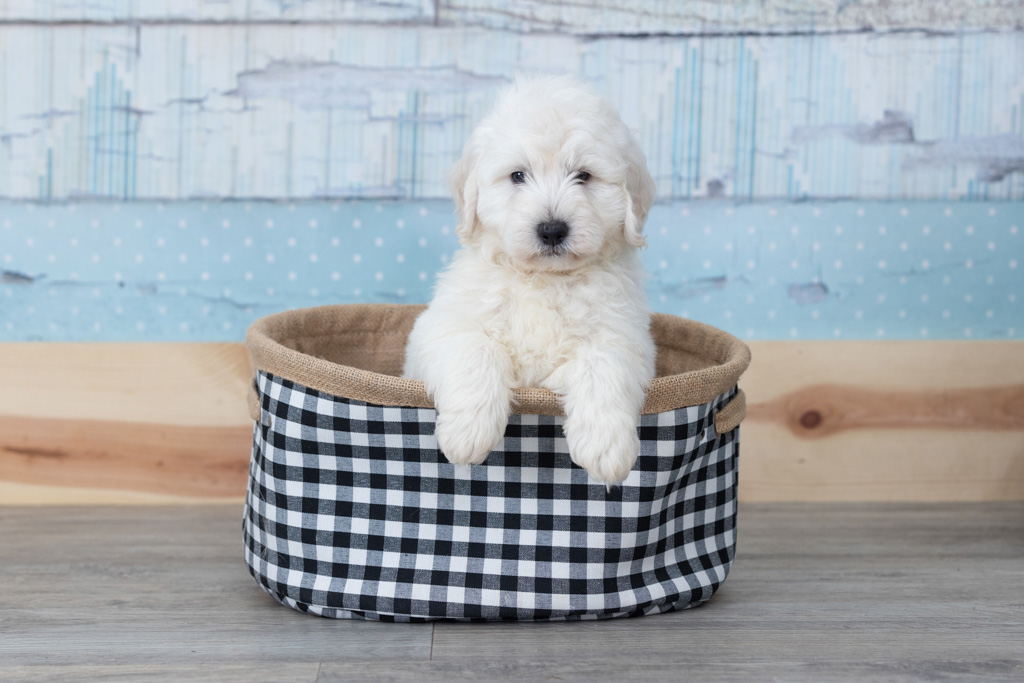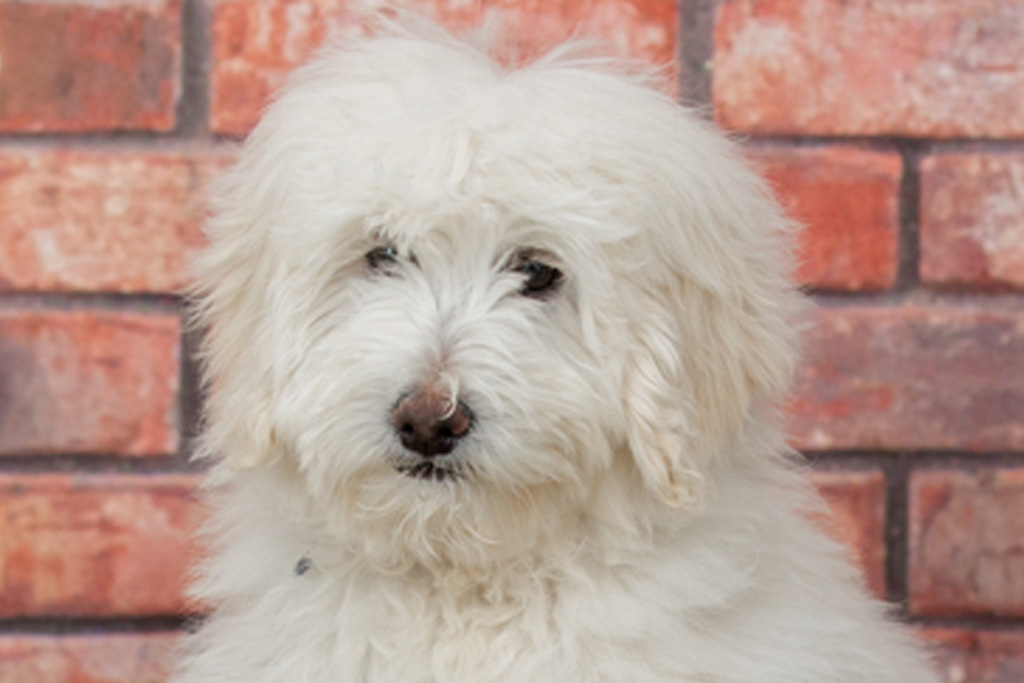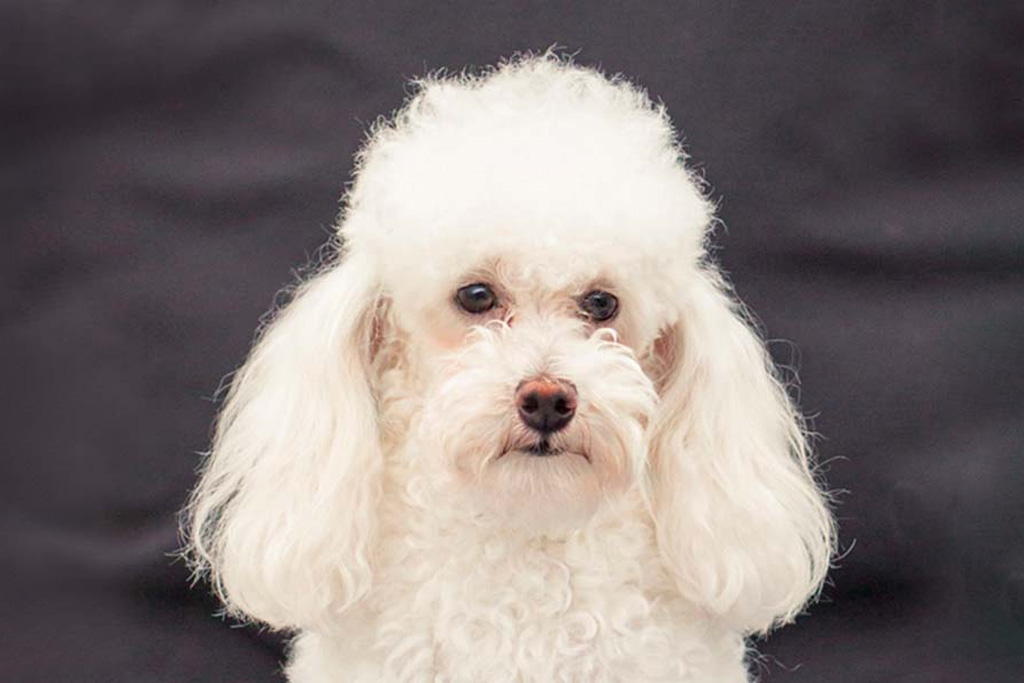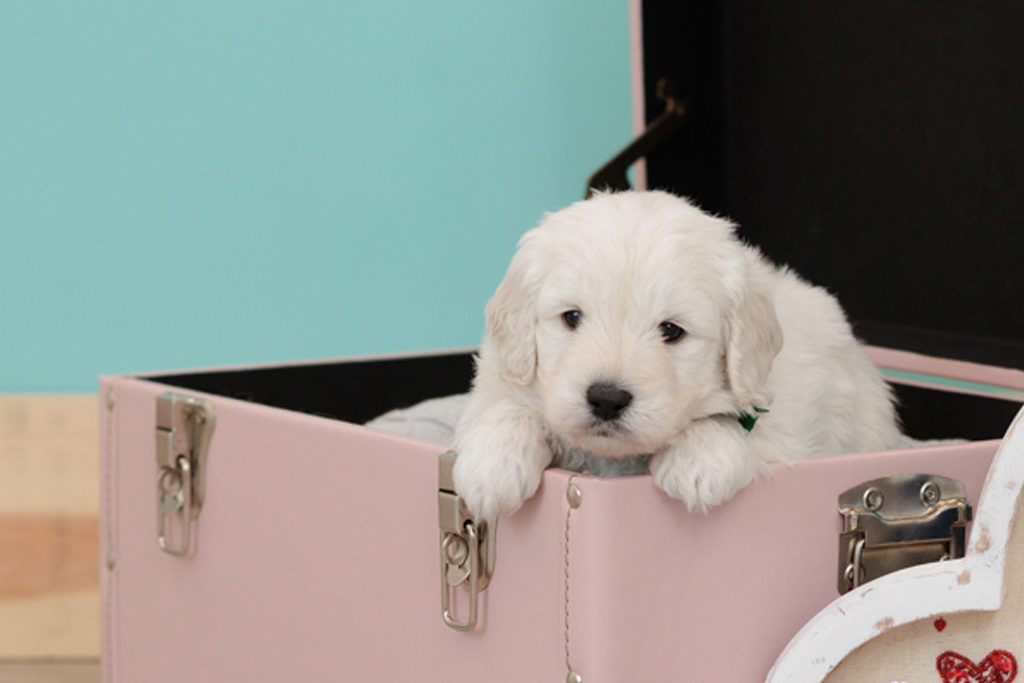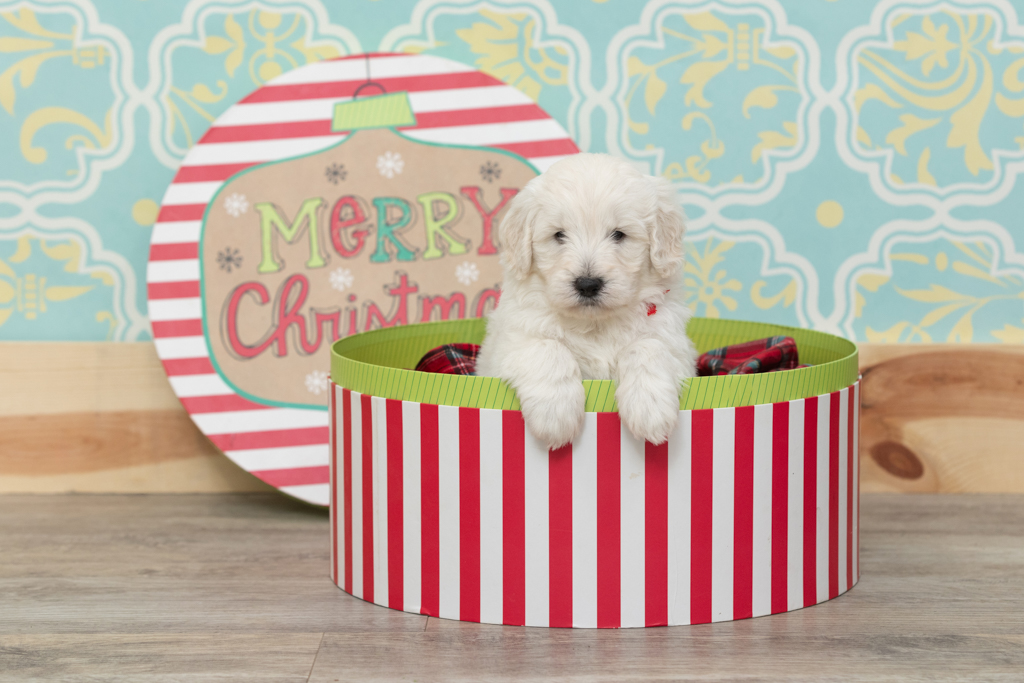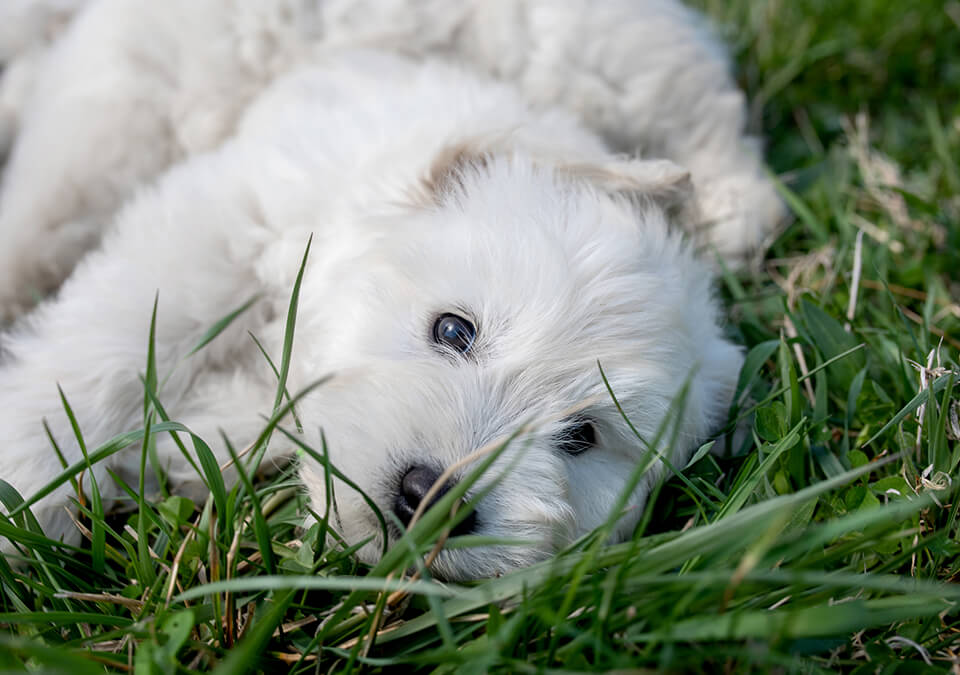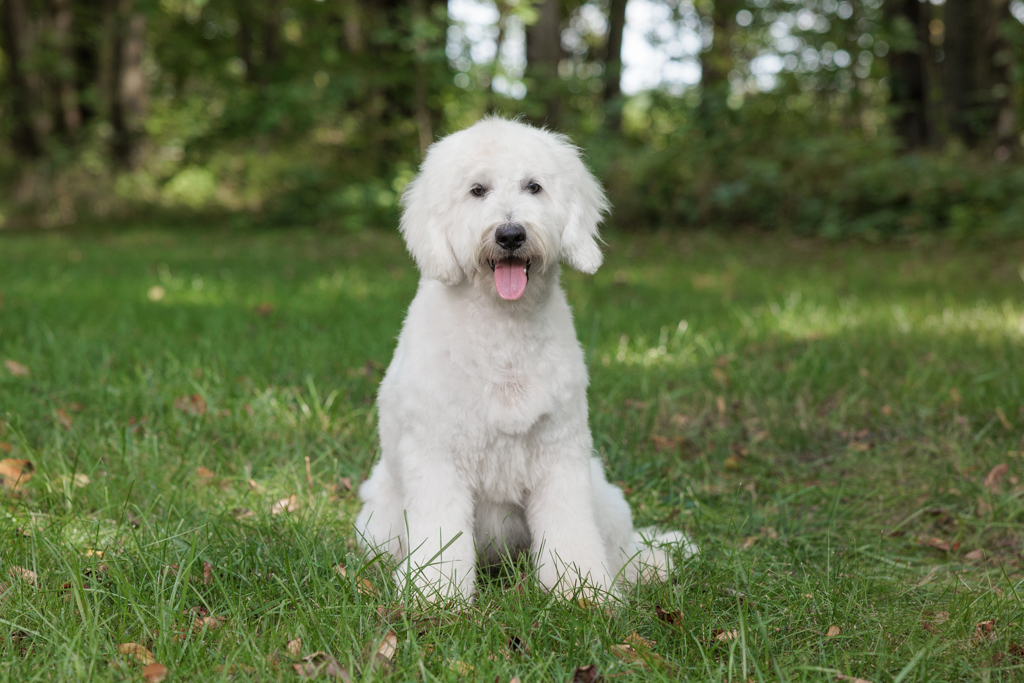Bringing a new puppy home is a joyous occasion. It’s the beginning of a beautiful journey filled with love, laughter, and a few inevitable challenges.
One of the most crucial aspects of this journey is building trust with your new furry friend. Trust is the foundation of a strong and healthy relationship between you and your puppy.
But how do you build this trust? What are the steps you need to take to ensure your puppy feels safe, secure, and loved?
This guide aims to answer these questions. It provides practical advice, puppy trust exercises, and tips for bonding that will help you create a strong, loving relationship with your puppy.
Remember, building trust takes time and patience. It’s a journey that strengthens over time with shared experiences.
So, let’s embark on this journey together. Let’s learn how to build trust with your new puppy.
Understanding the Importance of Trust
Building trust with a new puppy is pivotal. Trust helps your puppy feel secure and confident in their environment. Without trust, a puppy can feel anxious and uncertain.
This sense of security allows them to explore the world. It encourages healthy socialization and development. Trust fosters a bond that will grow and deepen over time.
Trust also sets the stage for effective training. A puppy is more willing to learn when they trust their caregiver. This trust aids in teaching commands and reinforcing good behavior.
Creating a trusting environment involves consistency and positive reinforcement. Puppies are keen observers and respond well to predictable patterns. Knowing what to expect helps them feel more comfortable.
By investing time in trust-building, you lay the groundwork for a lifelong, fulfilling relationship. Your efforts will pay off in a happy, well-adjusted dog. This relationship will bring joy to both you and your puppy.
The Foundation of Your Relationship
Trust is the cornerstone of your relationship with your puppy. A foundation built on trust leads to mutual respect and understanding. Your puppy learns they can rely on you for guidance and support.
This dependable relationship encourages open communication. Your puppy feels safe expressing their needs and emotions. When trust is present, both you and your puppy benefit.
A strong foundation allows for growth as your puppy matures. It sets the stage for a harmonious life together. Your commitment to building trust early on makes all the difference.
Trust and Puppy Well-being
Trust is integral to a puppy’s well-being. Without it, they may experience stress and anxiety. Feeling secure in their environment contributes to their happiness and health.
A trusting relationship facilitates better emotional health. Puppies are less likely to exhibit fear or aggression when they feel safe. This positive state of mind influences all aspects of their development.
Moreover, a well-adjusted puppy can better handle new experiences. They become more adaptable and resilient. Their trust in you provides a sense of security, helping them navigate life’s challenges confidently.
First Steps in Building Trust
The journey of building trust with your new puppy begins as soon as you bring them home. From the start, the environment you provide plays a pivotal role in developing this bond. Familiarity and comfort are key to making your puppy feel at ease.
Simple actions like sitting quietly and allowing your puppy to come to you can set the tone. This gives them a chance to explore their new surroundings at their own pace. Patience is important; rushing the process can lead to stress or fear.
Engage in gentle, positive interactions. Soft tones and calm gestures signal safety and kindness. Your puppy will begin associating your presence with positive experiences.
As you introduce training, remember to keep sessions brief and rewarding. Puppies have short attention spans, so keep things light and fun. Consistent, positive feedback helps reinforce the trust-building process.
In these early days, invest time in understanding your puppy’s unique personality. This awareness will guide you in meeting their needs effectively. Every puppy is different, and recognizing this individuality is crucial.
Bringing Your Puppy Home
The first day at home is an important milestone for your puppy. Their new environment can feel overwhelming. Allow them time to adjust and explore at their own pace.
Create a welcoming space with their bed, toys, and food bowl. Familiar scents can help them feel more at home. This comfort encourages exploration and play.
Your presence is important during this transition. Spend time close by, but without overwhelming them. Let them initiate interactions to build a sense of safety and trust.
Establishing a Routine
Routines create a sense of security for puppies. A consistent schedule for feeding, playtime, and sleep helps them feel safe. Regular routines teach your puppy what to expect throughout the day.
Begin each day with similar activities. For example, a morning walk can become a comforting habit. This consistency reinforces trust in their environment.
Ensure that their routine includes time for both activity and rest. Like children, puppies need a balance of both. This balanced routine aids in their physical and emotional development.
Puppy Tips: Communication and Understanding
Communication with your new puppy goes beyond words. It’s a dance of actions, gestures, and consistent cues. Understanding their body language is key to a harmonious relationship. Each wag of the tail or tilt of the head carries meaning.
Learning your puppy’s cues helps you respond appropriately. This strengthens your bond and builds trust. Recognizing signs of fear or happiness shows you care. This awareness leads to timely and supportive actions.
Your puppy also learns from your body language. They pick up on your moods and react accordingly. Keep your movements slow and your posture relaxed. This helps convey calmness and security.
Listening to your puppy is crucial. Respond to their needs with empathy and patience. Acknowledging them boosts their confidence in you as a caregiver.
As communication improves, so does trust. This mutual understanding lays a foundation for lifelong companionship. Clear, compassionate communication helps your puppy thrive.
Learning Puppy Body Language
Body language offers insight into your puppy’s feelings. Happy puppies often wag their tails and have relaxed ears. A playful crouch signals an invitation to engage.
Conversely, a tucked tail or cowering posture may indicate fear. Recognizing these signs allows you to intervene calmly. Offer comfort and avoid pushing your puppy into stressful situations.
Observe your puppy in various environments to better understand them. Patterns emerge, indicating how they feel and react. This knowledge supports their well-being and enhances trust.
Responding to Your Puppy’s Needs
Responding to your puppy’s needs is vital for trust. Fulfill their basic needs for food, water, and exercise. Meeting these needs shows you’re attentive and dependable.
Emotional needs are just as important. Spend time bonding through petting and cuddles. These moments confirm your role as their protector and friend.
Address any stress or discomfort promptly. By being responsive, you reassure your puppy of their safety. This strengthens your bond and supports their development.
Trust-Building Activities and Exercises
Building trust with your new puppy involves engaging their mind and body. These activities foster connection and understanding. Puppies thrive on interactive exercises that challenge them in positive ways. It’s about making learning fun and rewarding.
One effective activity is simple hide-and-seek. Hide within the house, then call your puppy’s name. Their joy at finding you reinforces the bond between you both. This playful pursuit strengthens trust by showing them you’re dependable and fun.
Gentle massage is another way to enhance your connection. With slow, soothing strokes, your touch becomes associated with comfort and security. This practice relaxes your puppy and deepens the trust you share.
Short fetch games or tug-of-war sessions are also beneficial. These energizing exercises stimulate their natural instincts in a safe environment. They rely on your cues, confirming your leadership role and strengthening trust.
Lastly, introduce puzzle toys that challenge their problem-solving skills. Puzzle toys keep their minds active and promote independence. This helps build confidence and reinforces the bond of trust as they look to you for guidance.
Puppy Trust Exercises
Trust exercises are crucial for developing a strong bond. Start with simple recall games. Call your puppy to you and reward them with praise or a treat. This encourages them to come to you, reinforcing reliability.
Another exercise involves hand-feeding during meal times. Allowing your puppy to eat from your hand builds trust. It teaches them to associate your presence with positivity and care.
Try touch exercises, like gently handling their paws or ears. This familiarity helps them accept grooming and handling with ease, fostering trust and reducing anxiety.
Playtime and Bonding
Playtime is essential for bonding with your puppy. Regularly engaging in games solidifies your relationship. It allows your puppy to view you as a source of joy and comfort. Playtime aids in releasing energy and curbing potential behavioral issues.
Incorporate a variety of games, from fetch to scent games. Each game strengthens your connection while also promoting physical health. Interactive play also offers mental stimulation, which is vital for a puppy’s development.
Remember, the goal is to enjoy each other’s company while learning together. These moments of shared fun forge a deep, trusting relationship. It’s in these times of play that mutual understanding truly blossoms.
Positive Reinforcement and Training
Positive reinforcement is a cornerstone of effective training. It builds trust and confidence in your puppy. This approach focuses on rewarding good behavior rather than punishing mistakes. By using treats, praise, or toys, you motivate your puppy to repeat desirable actions.
Implementing positive reinforcement requires consistency and patience. Repeating actions and rewards helps your puppy understand what pleases you. They learn that good behavior leads to positive outcomes, which encourages them to follow your guidance.
Training sessions offer critical opportunities for trust-building. Each session should be a fun, rewarding experience rather than stressful or confusing. Keep them short and engaging to maintain your puppy’s attention and enthusiasm.
During training, use a calm and supportive tone. This reassures your puppy, fostering an environment of safety and learning. Remember, your presence is a source of comfort and leadership. Strengthen this by being patient and encouraging during all sessions.
Incorporate daily training into your routine for gradual, effective learning. This repetition enhances your puppy’s ability to trust in your leadership and guidance. Over time, these consistent sessions deepen your bond and build lifelong trust.
The Power of Positive Reinforcement in Puppy Care
Positive reinforcement is transformative. It shapes your puppy’s behavior in encouraging ways. By rewarding desired actions, you create a learning environment full of love and joy. This method is gentle and effective, steering your puppy toward positive growth.
Use rewards such as treats or verbal praise to reinforce good behavior. These rewards act as a bridge, helping your puppy associate actions with outcomes. Through this association, trust and understanding between you and your puppy deepen.
Consistency is key to effective reinforcement. Regularly recognizing and rewarding good behavior helps your puppy learn expectations. This consistency reassures them and fosters a trusting, secure relationship.
Training Sessions as Trust-Building Moments
Training sessions offer more than just skill development. They present vital chances to build trust between you and your puppy. Each session, a shared experience, reinforces your role as a kind, dependable leader.
Focus on creating a positive atmosphere during training. Celebrate small victories and progress with enthusiasm. This encouragement boosts your puppy’s confidence and fosters a positive association with learning.
Be patient and adapt to your puppy’s pace. Recognize their unique personality and adjust sessions to suit their needs. This flexibility shows understanding and respect, which is essential for nurturing a trusting relationship.
Overcoming Challenges and Setbacks
Building trust with your new puppy is not always smooth. Challenges and setbacks are part of the journey. They offer learning moments that can strengthen your bond if handled correctly.
Patience and resilience will guide you through tough times. Puppies are learning about the world, and mistakes are common. Stay calm and supportive to maintain a positive environment.
Every puppy is unique, with its own pace and personality. What works for one may not work for another. Adaptability is crucial in finding effective trust-building strategies for your pup.
Address issues with understanding and compassion. Avoid harsh reactions that could damage trust and cause fear. Instead, focus on reinforcing desired behaviors and providing ample love and support.
Patience and Consistency
Cultivating trust takes time. Patience is not just a virtue; it’s a necessity in developing a strong bond with your puppy. Embrace the process and celebrate small milestones along the way.
Consistency in actions and expectations provides a stable foundation. Your puppy learns best when they can predict outcomes based on your steady behavior.
Repeat training and routine daily to reinforce learning. Over time, this consistency reassures your puppy and deepens their trust in your leadership and love.
When Trust is Broken: Rebuilding the Bond
Sometimes trust can falter. It’s important to acknowledge and address this promptly. The rebuilding process, though challenging, can lead to an even stronger bond.
Begin by identifying the cause of the broken trust. Whether a misstep in training or a misunderstanding, knowing the root helps you address it effectively.
Approach the situation with empathy and understanding. Show your puppy that you are a reliable partner in their life. With patience and consistent positive interactions, you can restore and strengthen the trust you share.
The Lifelong Journey of Trust
Trust is not a one-time accomplishment, but a continuous journey. As your puppy grows, so does your relationship. New experiences and challenges will test the bond you’ve built.
Staying committed through life’s ups and downs solidifies trust. Be present and responsive to your dog’s evolving needs. This commitment will deepen your mutual understanding over the years.
Every shared adventure, big or small, strengthens your connection. Embrace these moments as opportunities to reinforce trust and enjoy the rewarding companionship of a loyal canine friend.
Maintaining Trust Through Life Changes
Life is full of transitions, both planned and unexpected. Whether moving to a new home or adding a family member, trust plays a crucial role. Keeping your relationship strong during such changes ensures stability.
Communicate clearly with your dog throughout. Maintain familiar routines to provide a sense of security amidst the chaos. Trust flourishes when your dog feels safe and understood.
Adaptability is essential for navigating change together. Support your dog with patience and consistency, reinforcing the trust they’ve come to rely on.
The Rewards of a Trusting Relationship
The joy of a trusting relationship with your dog is immeasurable. Trusting dogs are more relaxed, confident, and sociable. They respond better to training and adapt more easily to new situations.
A deep bond enhances both your lives. You’ll enjoy countless moments of joy and companionship, creating treasured memories. Trust leads to a fulfilling life together, full of shared adventures and mutual care.
In a trusting relationship, you experience a partnership built on love and respect. This bond enriches your life, making every moment spent together precious and impactful.
Conclusion and Further Resources
Building trust with your puppy is a beautiful journey. It’s filled with patience, understanding, and shared experiences. This foundation of trust will last a lifetime.
As you nurture this bond, remember the importance of consistency and love. Your efforts today lay the groundwork for a happy, harmonious relationship. Trust is the bridge that connects you both.
For those eager to learn more, explore resources on dog training and care. Books, online courses, and community groups offer valuable insights. Embrace these tools to deepen your understanding and enrich your journey together.
